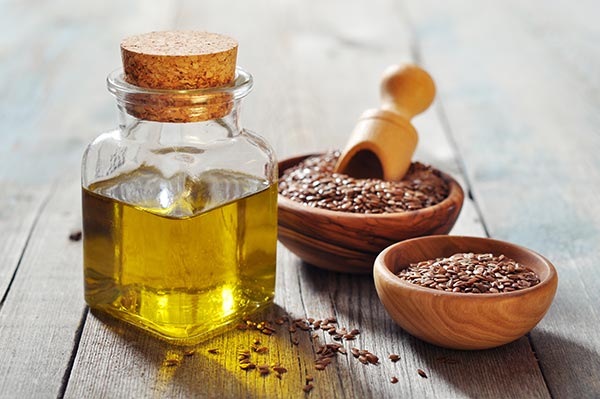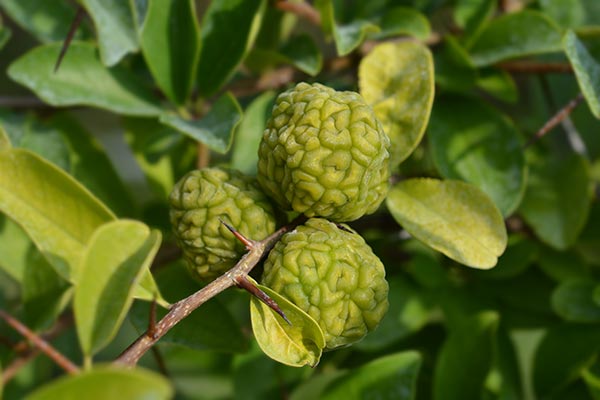A potential cholesterol-lowering agent in olive leaves?
02/04/2020 / By Evangelyn Rodriguez

Diabetes, particularly Type 2 diabetes, is now considered a global pandemic. According to the World Health Organization, the global prevalence of diabetes among adults has risen from five percent to nearly nine percent in 2014. Diabetes is a chronic condition that can cause blindness, heart attacks, kidney failure, stroke and even death. Statistics show that in 2016, diabetes directly caused the death of about 1.6 million people worldwide.
In recent years, studies involving plants with anti-diabetic properties have yielded significant results. One such study, which appeared in the journal Nutrition Research, focused on the health benefits of olive leaves, especially for prediabetics. Olives (Olea europaea) are widely known for their antioxidant, anti-cancer and cardioprotective properties, but researchers from the University of Tsukuba in Japan found that their leaves can also help with lipid metabolism.
Oleuropein, a phytonutrient that can lower blood lipid levels, is the most abundant antioxidant found in fresh, unripe olives. The study revealed that oleuropein is also present in olive leaves and has beneficial effects against dyslipidemia, Type 2 diabetes and obesity.
The link between obesity, diabetes and blood cholesterol
Being overweight or obese is a risk factor for Type 2 diabetes. Research suggests that being overweight stresses the endoplasmic reticulum (ER), a cell organelle responsible for processing proteins. When the ER is overwhelmed by the influx of nutrients caused by overeating, it signals the cell to dampen down its insulin receptors. This causes the cell to become less responsive to insulin, eventually resulting in insulin resistance and high blood sugar levels. Insulin resistance is a precursor to Type 2 diabetes.
Besides blood sugar, diabetes is also known to affect blood lipid levels. People with diabetes tend to have lower levels of good cholesterol (HDL) and high levels of triglycerides and bad cholesterol (LDL). This condition, known as diabetic dyslipidemia, increases the risk of heart disease and stroke. Diabetic dyslipidemia is a treatable risk factor for cardiovascular disease; however, people can develop atherosclerosis and coronary heart disease before they are diagnosed with diabetes.
Drinking olive leaf tea lowers blood lipid levels in prediabetics
In their previous study, the researchers reported that olive leaf tea (OLT) benefits obese and diabetic individuals but not healthy ones. They thus hypothesized that OLT may have a more pronounced effect on abdominal obesity, as well as glucose and lipid metabolism, in prediabetics. To test this hypothesis, the researchers recruited individuals 40 to 70 years old with a body mass index of 23 – 29.9 kilograms (kg)/square meters (m2). They randomly assigned the participants to either the OLT group or the low-concentration OLT (LOLT) group. The intervention, which involved consumption of 330 milliliters (mL) of OLT or LOLT thrice daily during mealtime, lasted for 12 weeks.
The researchers found that after the intervention, serum levels of triglycerides and LDL significantly decreased in the OLT group. These reductions were higher than those found in the LOLT group. Although body weight, waist circumference and insulin levels did not significantly change in both groups, the fasting blood sugar levels of the OLT group were more significantly reduced than those of the LOLT group. (Related: Olive Leaf Extract Proves Effective for Diabetes Treatment.)
Based on these results, the researchers concluded that OLT can effectively lower the blood lipid levels of prediabetics. Further studies, however, are needed to accurately determine the effect of olive leaves on abdominal obesity and glucose metabolism.
Sources include:
Science.news
Tagged Under: alternative medicine, diabetes, food cures, food is medicine, food science, functional food, herbal medicine, Herbs, natural cures, natural medicine, olive leaf tea, remedies, research
RECENT NEWS & ARTICLES
COPYRIGHT © 2017 NATURAL MEDICINE NEWS




















